ROOM: The Space Journal is one of the prominent magazines on space exploration, technology and industry. At ROOM, we share a common dream – promotion of peaceful space exploration for the benefit of humankind, all while bringing you fascinating articles on a variety of current topics. Our authors include experts and industry leaders from all over the world, which lets us bring you timely and accurate information about hubble space telescope goes into orbit.
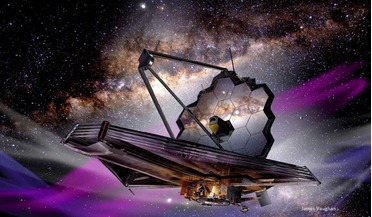 May 2022
Essential guide to the James Webb Space Telescope
May 2022
Essential guide to the James Webb Space Telescope
...science, we cannot imagine the universe the James Webb Space Telescope is about to reveal. WST is not ‘Hubble’s Replacement’ but ‘Hubble’s Successor’, designed to build on Hubble’s rich legacy and even to work side-by-side with..., deep into the infrared - invisible to Hubble but exactly poised for JWST. Another motivation for selecting an infrared space telescope comes from our recent advances in the field of exoplanets; worlds orbiting other stars...
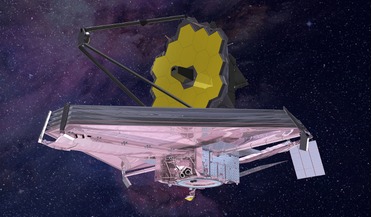 28 March 2018
Woes for Webb as the space telescope is delayed again
28 March 2018
Woes for Webb as the space telescope is delayed again
...goes beyond the $8 billion cost cap, the space telescope will have to be reauthorised by Congress and the potential for further delays increases. But, do any missions lift off without a hitch? Let's not forget JWST’s predecessor, the Hubble Space Telescope. Hubble... skies. When it did finally reach orbit in 1990, returned images indicated a serious problem with the optical system and it was discovered that Hubble's main mirror had not been ground ...
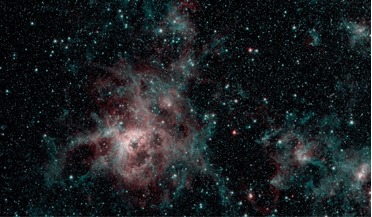 May 2020
Space astronomy at the limits of technology
May 2020
Space astronomy at the limits of technology
... Hubble, Compton, Chandra and Spitzer – which gives him a fairly unique perspective on space science. ROOM’s US editor, Amanda Miller, delves into his engineering background and the key technologies of the Spitzer Space Telescope....the Jet Propulsion Laboratory in Pasadena, California, on 30 January 2020. My first Great Observatory was the Hubble Space Telescope (HST). I was a team member on the high resolution spectrograph, which was one of the ...
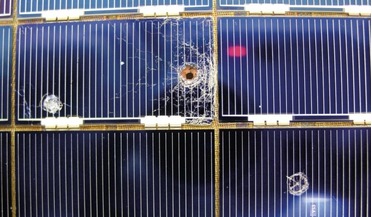 February 2021
Space archaeology - preserving our orbital heritage
February 2021
Space archaeology - preserving our orbital heritage
...orbit that may merit consideration. Case study One notable space asset within the space heritage discussion is the Hubble Space Telescope (HST). Launched in 1988 aboard Space Shuttle Discovery, it is clear that the venerable space telescope... asset in the history of science be destroyed? Rather than de-orbiting Hubble, why not place it into a safe ‘graveyard’ orbit to preserve it for future generations and allow time for technological solutions...
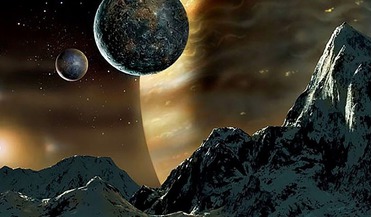 March 2016
Why We Need Space Artists
March 2016
Why We Need Space Artists
...Hubble Space Telescope sent back its first amazing images of distant stars and nebulae. . . But let’s take a look at the history and background of space art. Most space artists would dearly love to visit other worlds; even to take a trip into...have a lot of fun. Most of them would dearly love to visit other worlds; even to take a trip into Earth orbit. Sadly, this is as yet impossible but they do the next-best thing. In 1988, a dozen Soviet artists...
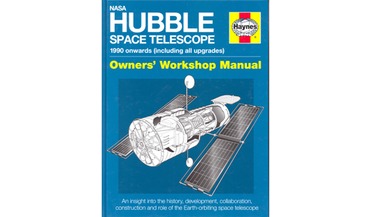 29 March 2018
NASA Hubble Space Telescope Owners’ Workshop Manual
29 March 2018
NASA Hubble Space Telescope Owners’ Workshop Manual
... into nine sections covering everything from the historical background to the HST to (briefly) its successor, the James Webb Space Telescope. Significant sections include those on the design and development of the Hubble ...and its scientific instrument payload and one on the “corrective optics” delivered to orbit after it was discovered...
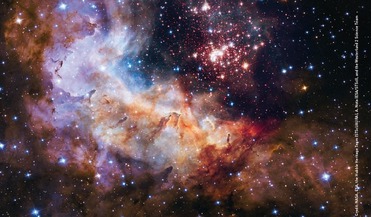 June 2015
Hubble’s 25th Anniversary
June 2015
Hubble’s 25th Anniversary
... anniversary image This image of the cluster Westerlund 2 and its surroundings was released to celebrate Hubble’s 25th year in orbit and a quarter of a century of new discoveries, stunning images and outstanding science. The image’s central ...high-topped Mexican hat. Extreme star cluster bursts into life in new Hubble image Credit: NASA, ESA and the Hubble Heritage (STScI/AURA)-ESA/Hubble Collaboration The star-forming region NGC 3603 contains ...
 February 2020
Preserving our space heritage
February 2020
Preserving our space heritage
...over time. The Hubble Space Telescope (HST) has contributed enormously to our understanding of the Universe and could be curated in-orbit as a space museum exhibit. Interaction A space museum should seek to document its exhibits in orbit by sending small ...and, perhaps more importantly, small low-cost launch vehicles capable of placing them into suitable orbits are also under development. This is important because the target satellites that would ...
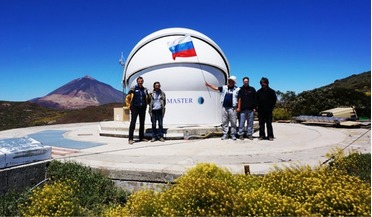 February 2017
Global robotic network for monitoring near-Earth and outer space
February 2017
Global robotic network for monitoring near-Earth and outer space
...telescopes that are fully automated but the robotic network too. Everything from the automated closing dome, imaging of the sky, image processing, the search for undiscovered objects, including moving objects, determination of initial orbit.... To put this into perspective, Callirrhoe, a satellite of Jupiter which is 8.6 km in diameter, has an absolute magnitude of 21 and the visible light limit of the Hubble Space Telescope is 32. The angular...